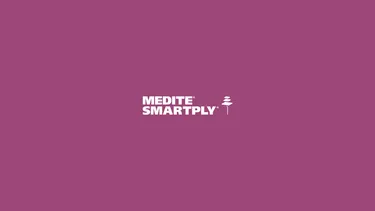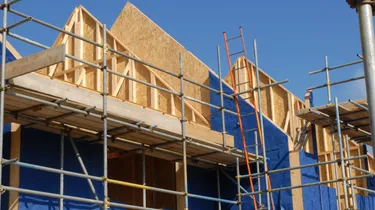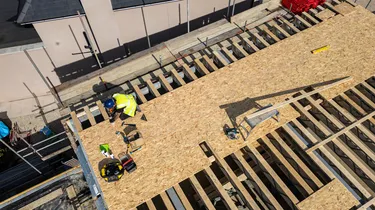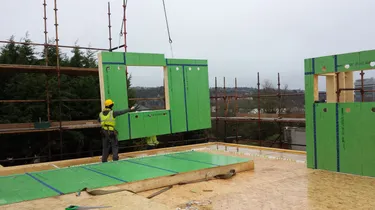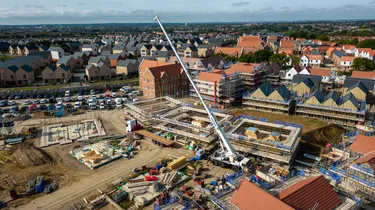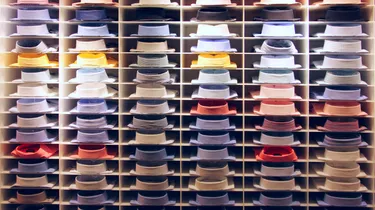
We spend around 90 percent of our lives indoors; more than enough time for each and every building we encounter over our lifetime to have a tangible impact on our quality of life.
In the time since the first green building rating system was established—BREEAM in 1990—we have come to recognise the potential for buildings to not only safeguard but actively promote health and wellbeing as well as sustainability.
Across the world, building regulations and ratings systems have evolved to reflect this, helping us to track our progress, maintain standards and incentivise more designers and developers to build greener, healthier spaces.
Across the UK, BREEAM is still the dominant green building rating system, ingrained in regulations. In the rest of Europe and beyond, however, LEED leads the way and has also evolved to focus not only on a building’s environmental impact, but on its human impact.
Now, the newest green building certification, The WELL Standard, is the standard bearer for wellbeing in the built environment.
But it’s not just our thinking that’s evolved when it comes to wellbeing; technology has as well. The products we can now develop have enabled us to use the power of buildings to keep our bodies healthy, our minds calm, and even make our work more efficient—and do it all sustainably.
Products such as MEDITE CLEAR MDF and SMARTPLY ULTIMA OSB- sustainably produced boards especially manufactured with no added formaldehyde, for interior fit outs and heavy-duty load bearing applications, respectively.
Developed with even the most sensitive environments in mind, MEDITE CLEAR has a formaldehyde content of less than 1.0mg per 100g; the equivalent to levels found in wood in natural environments. It even outperforms the stringent Class E1 (EN622-1) low formaldehyde standards.
SMARTPLY ULTIMA, named as the ultimate in OSB4, is an extremely high-performance engineered wood panel, suitable for the most demanding structural applications, including in offsite manufacturing and construction. Among its many attributes, this no added formaldehyde board also features enhanced moisture resistance.
Consciously limiting the level of formaldehyde able to be emitted by building products is a major factor in maintaining the best indoor air quality possible, and in turn in mitigating issues like Sick Building Syndrome, which can seriously impact work productivity as well as general quality of life.
Sick Building Syndrome is where building product VOC emissions, such as formaldehyde from wood products and from within the fabric of a building, combined with poor ventilation, can eventually build up to a level where people are lethargic and plagued with headaches and irritable moods. Other factors that can influence this are temperature and lack of light.
By specifying wood products that are not only sustainably produced but that have no added formaldehyde, we can consciously limit the VOCs indoors and proactively work towards maintaining healthier building interiors, and more sustainable buildings over all.
Today, LEED is the world’s most widely used green building standard with projects in more than 167 countries and more than 205,800 gross square meters of space certifying every day.[i]
Whichever green building standard is the aim though, specifying MEDITE CLEAR or SMARTPLY ULTIMA for a project could help it to lead the way when it comes to health, wellbeing and sustainability.
As part of the green building community, we ensure all our products are FSC® and PEFC® certified, are entirely sustainably produced with wellbeing in mind for both installers and building occupants.
FSC® C019958
